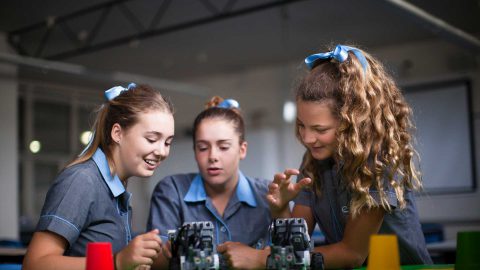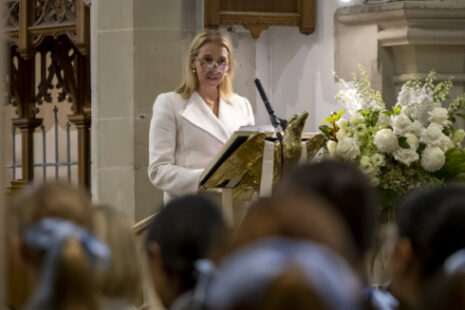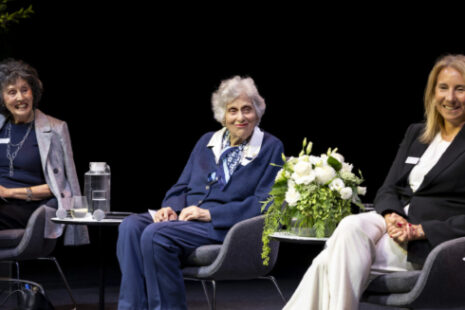What is a ‘smart kid’ in an increasingly ‘smart world’?

In 1991, Professor of Computer Science at Yale University, David Gelernter, put forward the concept of living in two worlds — the real one and its digital reflection.
Imagine looking at your computer screen and seeing reality — an image of your city, for instance, complete with moving traffic patterns, or a picture that sketches the state of an entire far-flung corporation at this second. These representations are called Mirror Worlds….by interacting with the images, you interact with reality. Indeed, Mirror Worlds will revolutionise the use of computers, transforming them from (mere) handy tools to crystal balls which will allow us to see the world more vividly and see into it more deeply. Reality will be replaced gradually, piece-by-piece, by a software imitation; we will live inside the imitation; and the surprising thing is–this will be a great humanistic advance.
Smartphones have been speeding up the convergence of the physical world with the digital world and every year we are given a tool that has more processing power, better connectivity, longer battery life, and a 100,000 more apps to download. Smartphones are literally speeding up the convergence of the physical and the digital worlds. Smartphones are packed with sensors, measuring everything from the user’s location to the ambient light. It is this ‘internet of things’ that is changing the world to a ‘smart world’. Simply put, the internet of things is the concept of connecting any device to each other through the internet. Everything from smartphones, to coffee makers, from washing machines, to headphones, lamps, wearable devices and to almost anything else you can think of – sharing information with the goal of improving lives, a smart world indeed.
One question, which fascinates me, is this: What is a ‘smart kid’ in a ‘smart world’?
Schools were originally built in the model of the industrial revolution, churning out young workers for an industrial age and ‘smart kids’ were ones who were literate and who were knowledgeable. These were the critical skills required in an industrialised society, and, over time, these critical skills changed. In 1900, for instance, hardly anyone drove a car, by 1970 most adults did and by 2017 we have ‘smart cars’: map reading abilities for driving a car therefore were virtually nil in 1900, they reached a peak from 1970, and today, with GPS, map reading skills for driving are in serious decline. Critical skills change depending on need.
Similarly, answers to questions change over time. Each era it seems has a new answer to an old question. In 1850, if you asked ‘how are dogs and rabbits alike?’, the answer could be along the lines that ‘dogs hunt rabbits’. A hundred years later, in the middle of the twentieth century, there was a new right answer: ‘they are both mammals’. With the advent of the ‘smart world’, what is the new answer for our era? There is no doubt that a ‘smart generation’ will need to be able to answer such a question if the next generation are going to surpass the economic prosperity of their parents.
So, what is a ‘smart kid’ in a ‘smart world’? Perhaps it is one where IQ better stands for ‘Imagination Quotient’ and where Emotional Intelligence is equally regarded. It is certainly one who is literate and knowledgeable – but this time digitally literate and knowledgeable in the critical skills of this era. It is one who recognises that 60% of new jobs in the next 30 years will be created in the fields of Science, Technology, Engineering and Mathematics, yet equally aware that the greatest bulwark against automation by computers is creativity. So ‘smart kids’ will have IQ and EQ, they will be creative but literate in STEM, they will be flexible and adaptable, able to navigate the disrupted workplaces of the future.
On reflection, I have answered my question: ‘smart kids’ are those with a St Catherine’s education!






